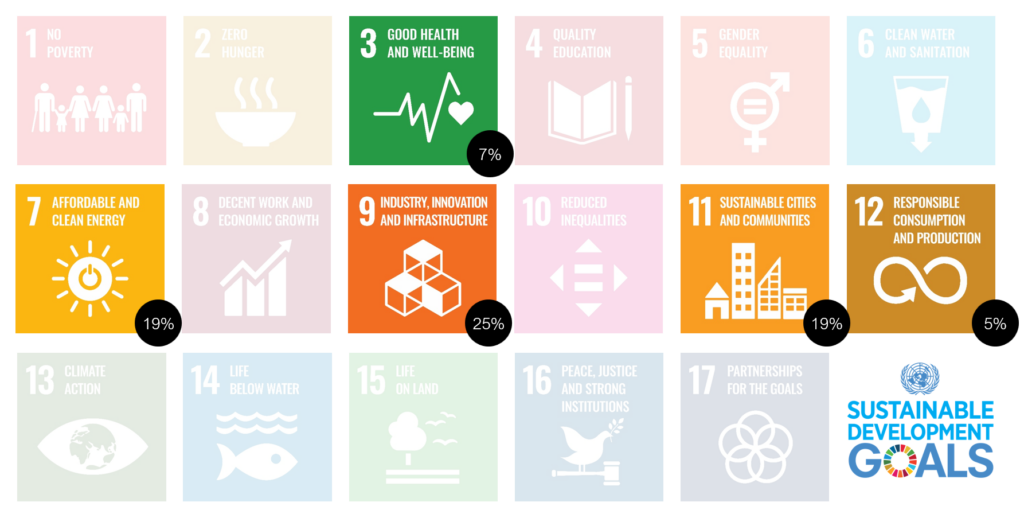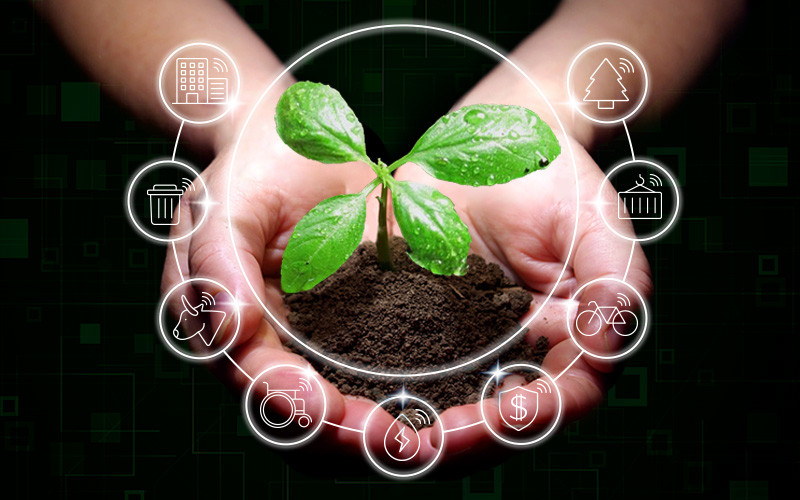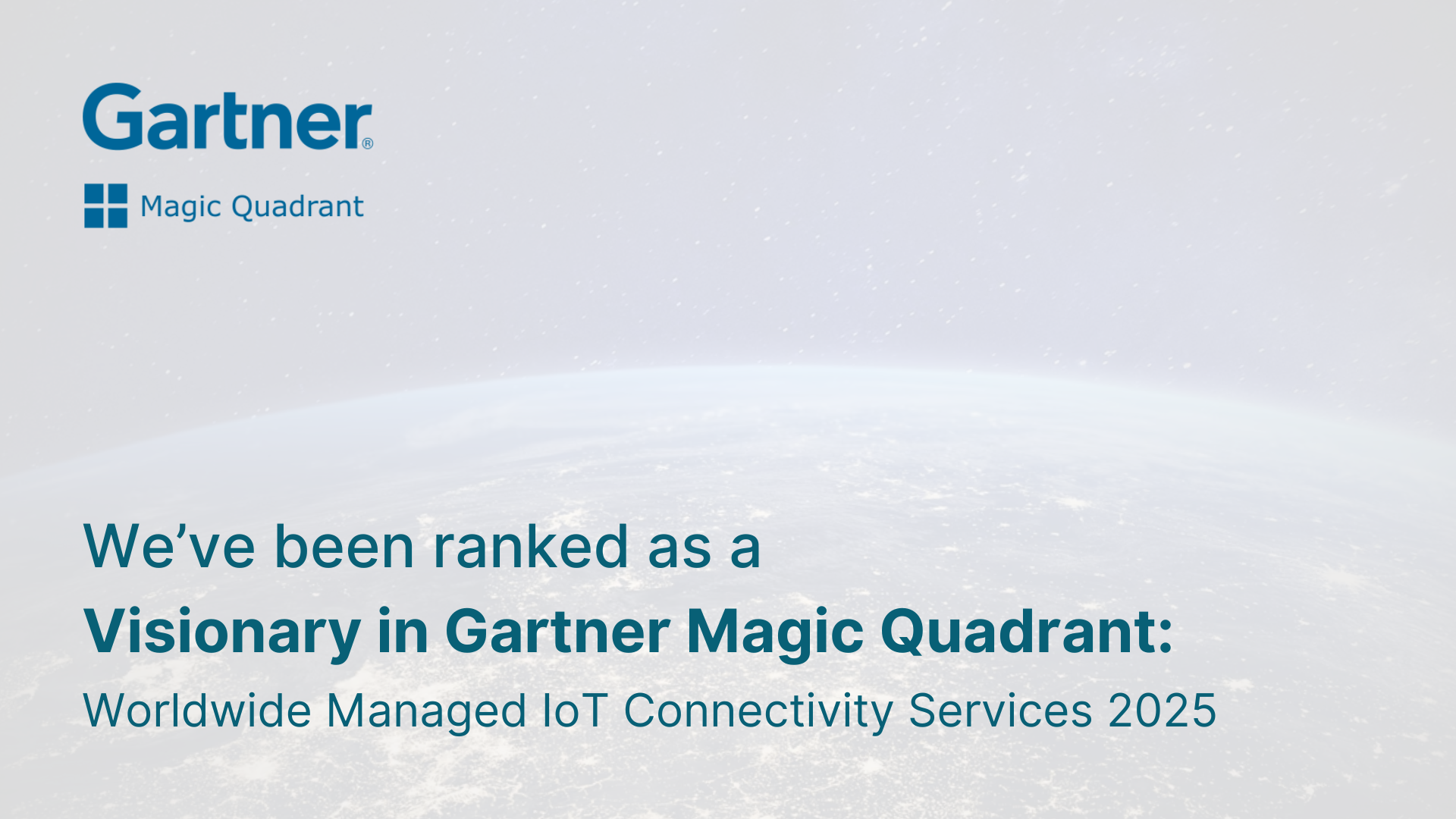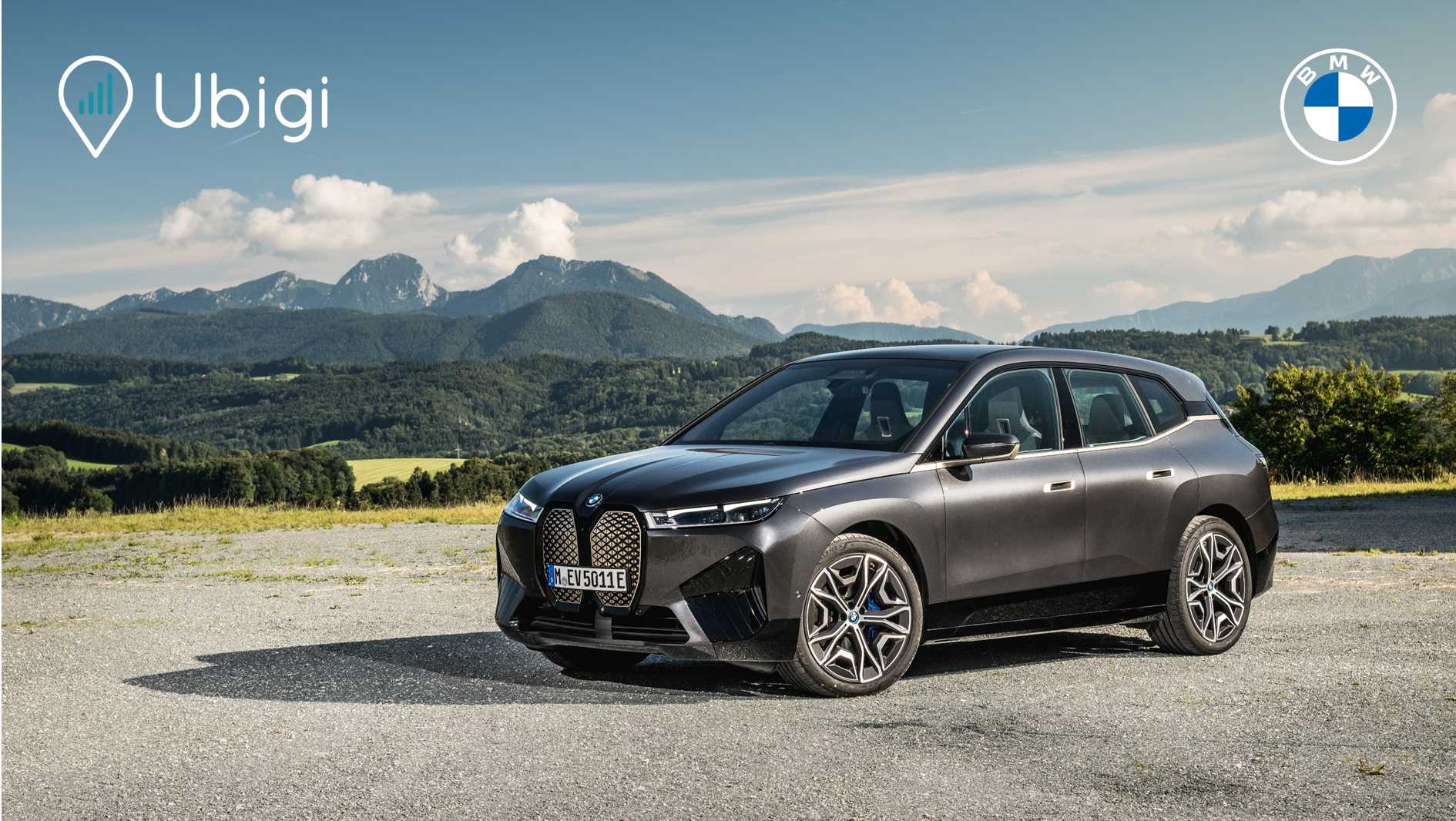In our attempts to promote sustainable development and battle climate change, the Internet of Things (IoT) has emerged as a game changer. It is obvious that IoT initiatives have the potential to make a substantial effect, with 84% of IoT deployments capable of fulfilling the United Nations’ Sustainable Development Goals (SDGs). In fact, 75% of these initiatives expressly target five major SDGs, making them critical to our efforts to create a more sustainable future. However, it is critical to ensure that IoT initiatives are conceived and implemented in such a way that their efficacy in reducing climate change is maximized. This article examines critical factors and techniques for making IoT projects more environmentally friendly and sustainable.
The IoT is an enabler to reach the United Nations’ Sustainable Development Goals (SDGs)

The Intergovernmental Panel on Climate Change (IPCC) recognizes the potential value of the IoT to mitigate climate change… when done right.

How to ensure that an IoT project is relevant to mitigate climate change?
The analysis method should compare 3 key scenarios:
- How does the process look live today, without this IoT project?
- What impact would this project have or in the best cases what benefits it would bring?
- What impact would this project have, if its design is as optimized as possible?

What should be taken into account to evaluate IoT projects’ environmental impact?
Its energy consumption?
With energy consumption, you’ll focus only on the energy usage of your IoT project’s devices, software operation and connectivity service. You may multiply that by the carbon intensity of the energy that is being used, and it gives you a rough idea of the energy usage impact in terms of carbon emissions. However, this will only focus on the use phase of the life cycle assessment, which is usually around 20% of the carbon footprint of an IoT device. The use phase is also usually more complex with for example some time spent in Idle mode. To conclude, estimating carbon footprint by only considering the device’s energy consumption is like focusing only on the tip of the iceberg!
Its carbon footprint?
By assessing the carbon footprint, you’ll estimate the overall contribution of your IoT project to the global warming indicator. This approach considers the complete carbon impact of your IoT project from cradle to grave in a life cycle assessment methodology limited to one single indicator. Both direct and indirect carbon impacts are considered: extraction and manufacturing (using the bill of materials), transportation that was used to deploy the device from the factory, the carbon emissions required to operate the device, software and connectivity, but also end of life (disposal or recycling).
Or its environmental footprint?
Contrary to the carbon footprint, the environmental footprint is considering the whole impact on the environment. That’s when you start taking into account the abiotic resource depletion (use of minerals and rare-earth elements), the volume of water that was used to produce the wafers of your silicon, and the biodiversity impact of the infrastructure you need to deploy in the field. This is the most comprehensive impact analysis you could operate. Obtaining the most exhaustive view of your project’s impact can make a significant difference in the conclusions you draw and thus in the decisions to actually lower your project’s environmental impact.
A new trend has been shaping the IoT landscape these past years: the shift towards a ‘multi-local’ service, that is, the need for a global service with a local user experience. This trend is driven by two divergent developments: global expansion and localized performance optimization.
Being able to offer an IoT service across borders, at no extra complexity or cost, is key to scale geographically… and profits! It’s been years that moving devices such as cars have required this capability. And we are seeing this more and more with new devices and services. This is astoundingly fast today in the healthcare and agricultural businesses.
Conversely, as the IoT grows more crucial, connectivity providers face the need to ensure high reliability. This entails offering real-time services with low latency and high throughput, a challenge met by deploying regional infrastructures. Why would you care about 4G and 5G if the bandwidth and latency are ruined because your carrier, as most IoT connectivity providers still offer today, is serving all the traffic from a single region, worldwide?
Another key asset is offering IP addresses that change according to the country of connection… if the project needs it. And conversely, be able to do the opposite and keep using the same country IP, no matter where the SIM cards are. Being able to offer both is key. However, being locally relevant is not without its hurdles. Mobile carriers and country regulators often impose stringent rules that prevent foreign providers from offering connectivity services in their domestic market.

If you chose to focus on its carbon impact, the results will, on average, show the following:

Lowering the impact of each part of the IoT solution
The first measure you can take is to request information from your different providers regarding their own environmental footprint, and consider this information in your choice.
- Connectivity
Even if this is usually the lowest carbon impact of your project (5%), picking a cellular connectivity provider whose core network is optimized to lower its carbon impact might not be as easy as we think. Book a meeting with our solutions architect to know more.
- IT stack
Choose your data center carefully. The more carbon-free emissions electricity it draws its power from, the better. But also consider what backup energy it uses, and its actual energy optimisation (called PUE for Power Usage Effectiveness). You may think using a cloud provider that is quite full already is optimal since it uses fewer resources than building your own. Please remember that reality is a tad bit more complex. The more packed it is, the hotter. For 1°C extra, the energy you need to cool it down is not linear at all: the first °C needs a bit of energy, the second needs way more, and so on.
- Device
The device is usually from far the largest chunk of the carbon impact. You need to select the right hardware components, that fit exactly your needs and not more (battery, sensors, screen…), make the right choice among different possible materials, and design the device so that it serves only the planned use case, but still can be upgraded in the future to avoid premature obsolescence.
Those are some tips regarding eco-conception of a product, but this is only a small bit of what you’ll get from a life cycle assessment.
How to calculate IoT project’s carbon emissions?
You may do so by yourself using ratios, such as the device’s weight x a standardized electronic carbon cost per kg. This is inaccurate but gives a first order of magnitude. The most detailed and exhaustive one is a life-cycle assessment. It is the most accurate model, but you need time and accurate data sources, which are quite hard to get your hands on. In any case, we can recommend third-party experts that can help you through it, such as Mavana. They can suggest the most appropriate methodology regarding your need, budget and expectations.
5 things to do to lower your IoT project’s carbon emissions

This article was written in collaboration with Mavana Earth
Mavana is an independent player committed to supporting organizations in identifying their environmental impacts and in exploring ways to reduce them through the use of IoT (Internet of Things) solutions on the market. Mavana, takes into account 4 dimensions: technical suitability, social relevance, economic viability and environmental sustainability. Learn more about Mavana at www.mavana.earth






